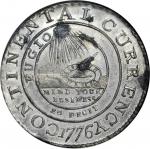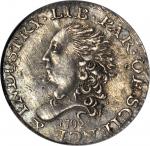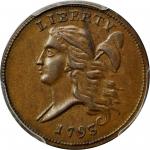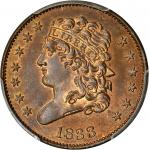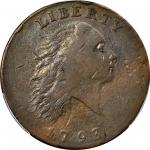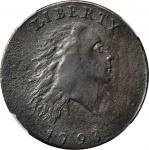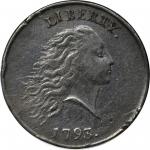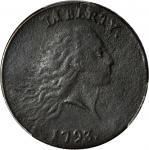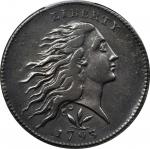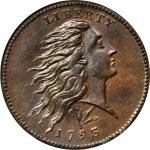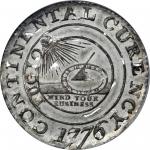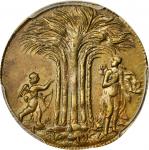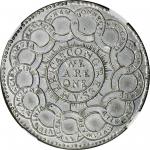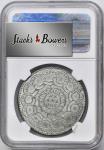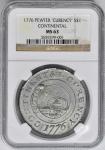1776 Continental Dollar. Newman 1-C, W-8445. Rarity-3. CURENCY. Pewter. MS-63 (NGC).Lustrous satin surfaces exhibit lovely pewter gray patina on both sides. This is a well-struck example for the type with most design elements sharp. Fully Choice in quality with outstanding preservation, this piece is destined for inclusion in an advanced Americana cabinet. The Continental dollar is an enigmatic type for which no specific documentation detailing its origin has ever been found. Numismatic scholars have been able to piece together a story that, up until recently, had become the generally accepted version of events. According to this story, resolutions passed by the Continental Congress on February 17, 1776, and May 9 of the same year provided for the issuance of paper money in various denominations, including a $1 note. Resolutions passed later in the year on July 22 and November 2, however, omitted the $1 note. Based on these facts and supported by the existence of these coins, it was theorized that the Continental Congress intended these coins to serve in lieu of the $1 note beginning in the latter half of 1776. The vast majority of surviving examples are struck in pewter, as here, although a few silver and brass impressions are also known. It was easy to conclude that pewter was the intended composition of such a coin, as the coins would have been fiat money without intrinsic backing, as the notes were. In addition, the fledgling government did not have a significant treasury reserve. Elisha Gallaudet was identified by Eric Newman as the likely maker based on convenient circumstantial evidence. He was a New York City engraver of the period who was known to have been involved in production of New York paper money issues of the 1770s and thus clearly a prime candidate.<p>In any event, as convincing as this story seems and as long as it has been accepted, resent research and a two-part article by Erik Goldstein and David McCarthy entitled "The Myth of the Continental Dollar" published in the January and July 2018 editions of <em>The Numismatist</em> challenge the long accepted theories surrounding these coins. According to the authors, the Continental dollars were struck in England (specifically, London) sometime after 1776, likely as privately manufactured pieces commemorating American independence and intended for sale to contemporary collectors. The authors theory is based primarily upon documentation left behind by two of the leading numismatists of the 18th century: Pierre Eugene du Simitiere, widely recognized as the "Father of American Numismatics," and Sarah Sophia Banks, for all intents and purposes the matron of the British Museums numismatic collection. In the second part of the article, the issue of the identity of "E.G." is addressed, ruling out Elisha Gallaudet, but simultaneously opening a door to more investigation as to who the mysterious "E.G." may have been. In addition, the theory of the "dollars" as replacements for the missing paper $1 Continental notes is also swiftly taken apart through the observation that more than 1,000,000 coins would have been necessary to match the number of $1 notes not issued (as determined by study of issuance patterns in other series and denominations). We direct readers to these fascinating articles for more information on this intriguing new theory. In any event, the Continental dollar has always been in strong demand and it remains a classic rarity. While our understanding of its true nature is becoming more complete, it is not unlike other prized rarities relating to young America, a Libertas Americana medal being a prime example. Back to the Continental, Mint State examples, in particular, are always greeted with enthusiasm and strong bidding activity when they appear at auction. This one has superior eye appeal for the assigned grade and is worthy of the strongest bids.<p><p>


